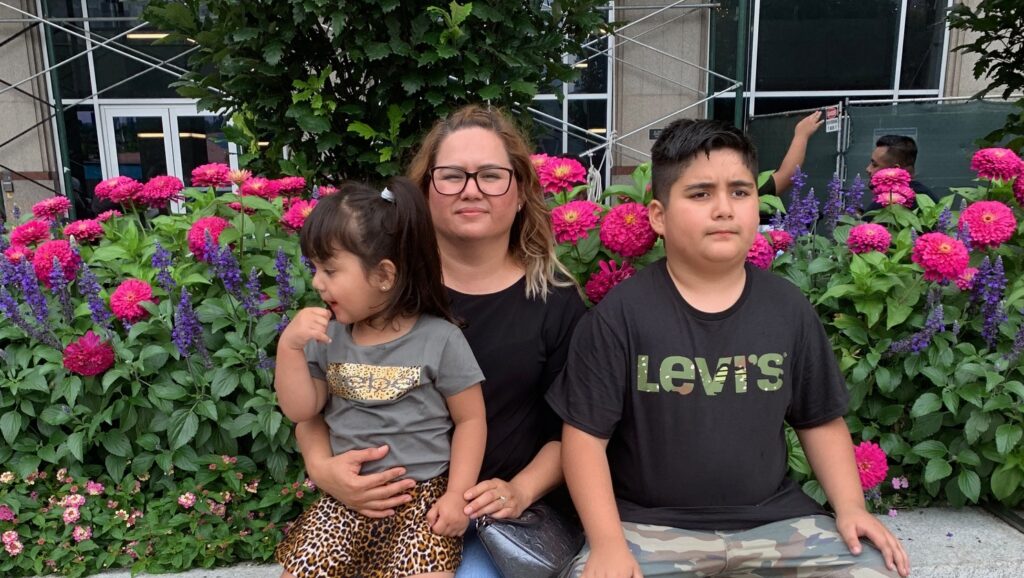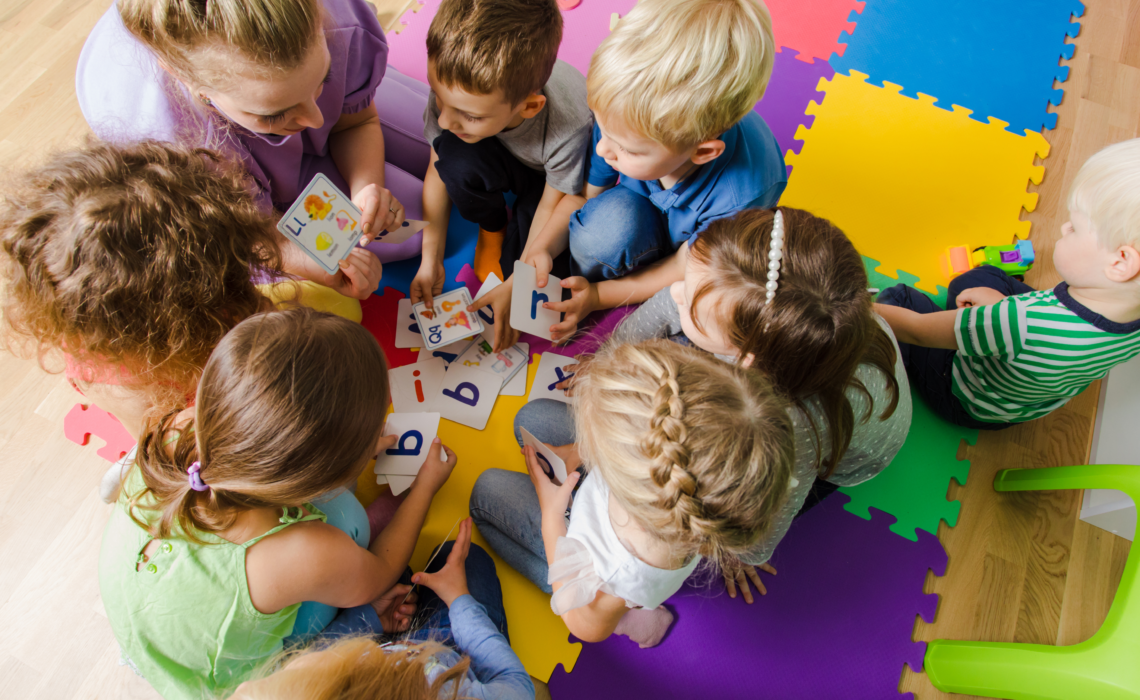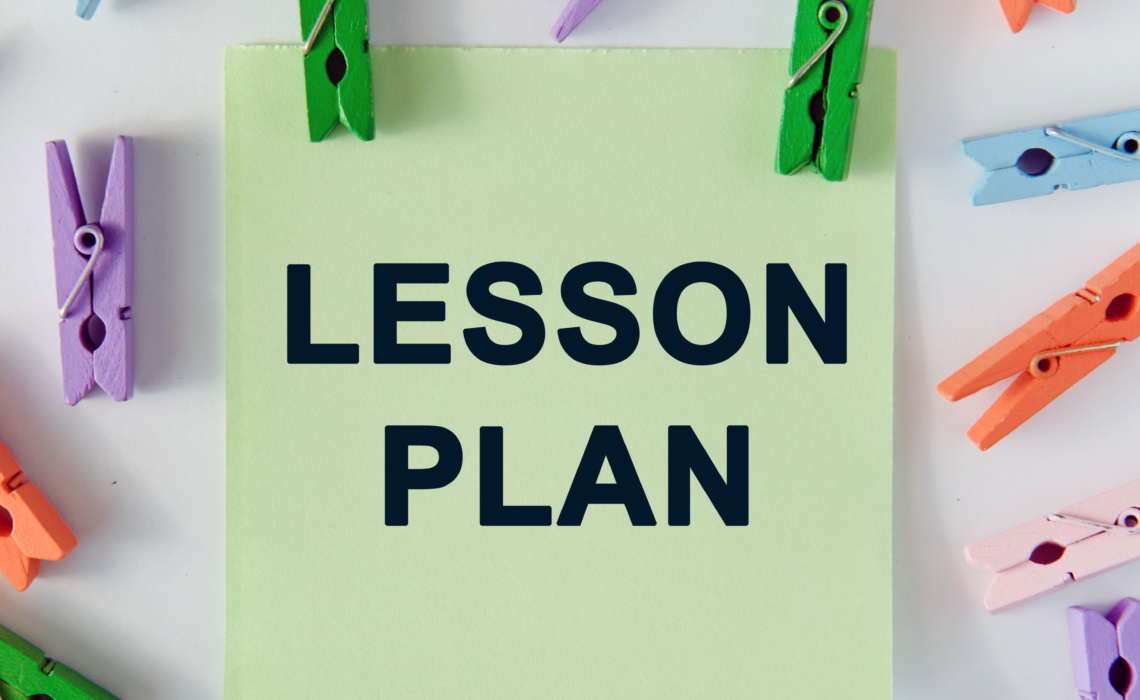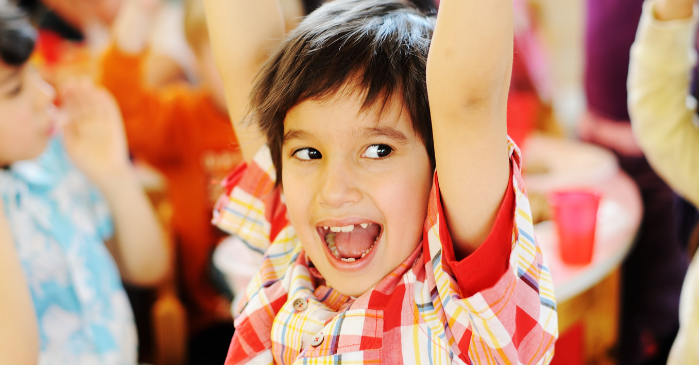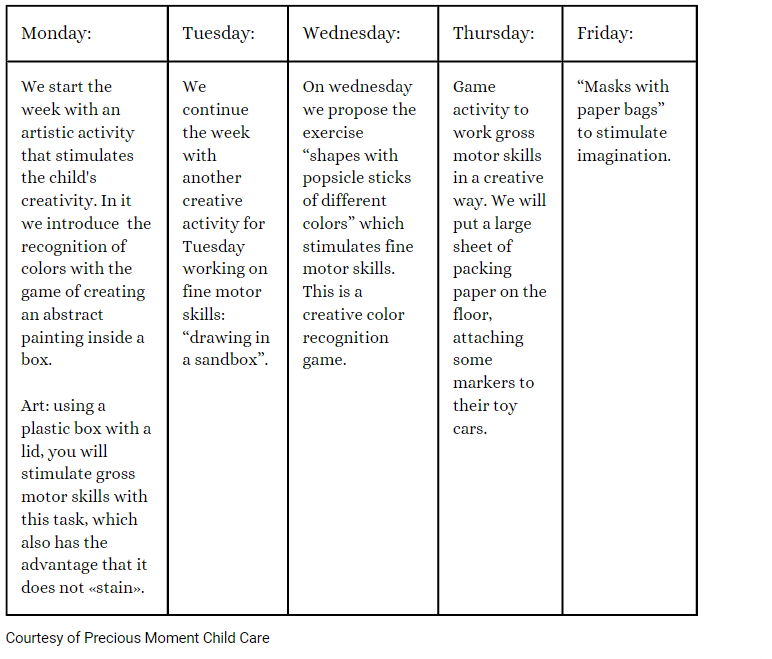BIOGRAPHY: Estrellita Alaffa
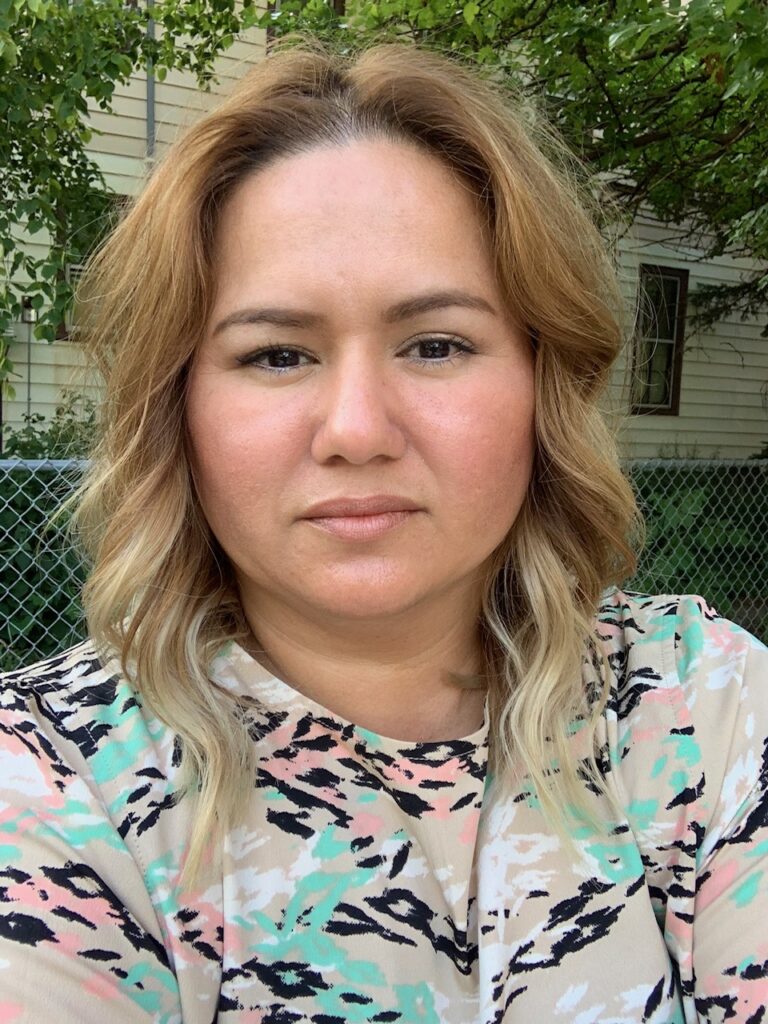
My name is Estrellita Alaffa, I was born in Tamaulipas, Mexico, on February 19th, 1982. I graduated with a technical degree in business administration, I worked in Mexico as a secretary in a law firm for three years, then I got married and emigrated to the United States in 2003.
I am a mother of four children, two of them have autism and although it has not been easy, my resilience has helped me reinvent myself as a mother and at the same time work wise. In 2012, I took a course to obtain my CNA license in the state of Texas and worked for almost four years in a nursing home, where I put into practice all the ove, patience and empathy that my children taught me as they grew up.
But at the same time, my children’s needs were requiring more and more of my time, so I decided to leave my job and dedicate full time to my children.
In 2018, we emigrated again to the state of Wisconsin, looking for new opportunities and although I was home for several years, I always had the desire to do something else besides that.
So in 2020, I joined the group of health leaders as a volunteer, from the Sixteenth Street Clinic, where I participated as a health promoter and received training in community advocacy. This great experience was a great tool to develop me professionally, because in 2023, i started working with UW-Madison Extension, as a bilingual nutrition educator, and at the end of this same year i was nominated to be part of the board of directors at the Sixteenth Street Clinic and for me it is and honor to be part of this board of directors.
Therefore, every day I strengthen my commitment to my family and my community, my resilience drives me to cultivate myself as an individual, I live to be useful in the lives of the people who know me and I feel the moral commitment to serve and intercede for those voices that are not heard.
Although being a mother of two autistic children has not been easy, since there are many challenges that we face every day, there are also many gratifying moments that we experience every day and that is the most important thing.
What we enjoy the most as a family is doing outdoor activities. I am pleased to see their smiles, their innocence and the unconditional love of each one of my children.
